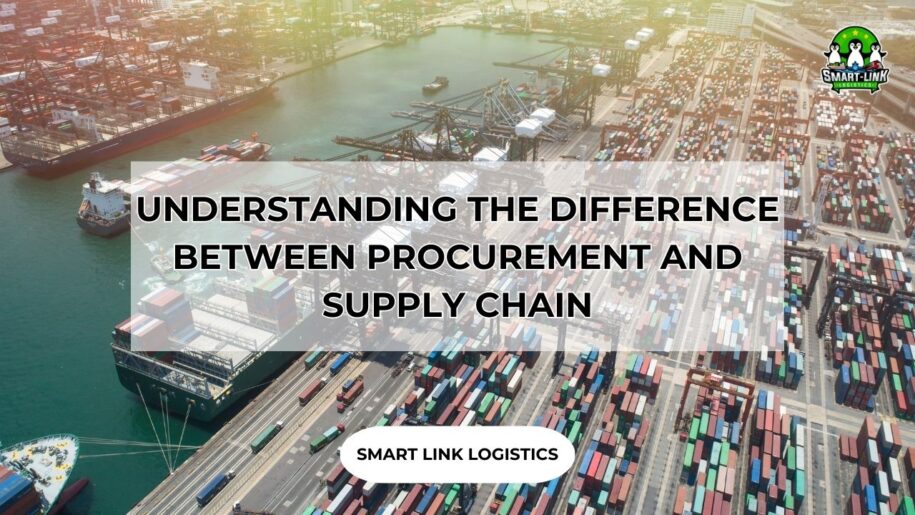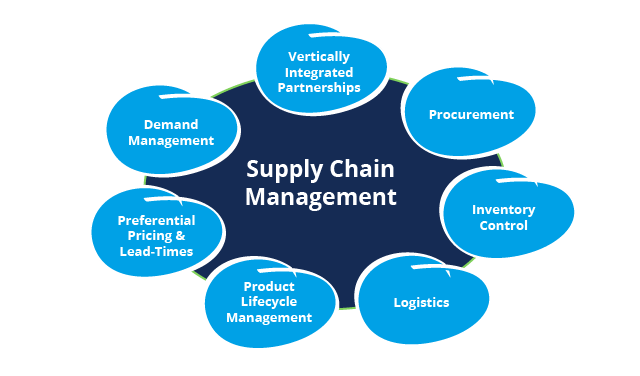
UNDERSTANDING THE DIFFERENCE BETWEEN PROCUREMENT AND SUPPLY CHAIN
Grasping the distinction between procurement and supply chain management is crucial in today’s logistical landscape, as it can significantly enhance your company’s efficiency and organization. Though these terms are often confused, they are not interchangeable, and understanding their differences is essential. Let’s find out about the difference between procurement and supply chain.
1. What is Procurement?
At its core, procurement in supply chain management involves acquiring the goods necessary for your business to operate effectively. For a company to be profitable, the cost of procuring a product or service must be less than its selling price, after accounting for processing and sales costs. The objective of procurement is to develop a strategy that ensures the company obtains services, materials, and labor at the best possible price.
2. The Procurement process
Procurement involves various tasks, including:
- Purchasing goods
- Managing and controlling inventory
- Developing quality standards
- Conducting cost-utility analysis
- Disposing of waste products
- Creating purchase orders
3. Supply Chain Strategy – Procurement Manager – Procurement and Supply chain
To optimize procurement, a procurement manager must consider factors such as time, location, quality, and quantity, while negotiating the best prices. This role involves preparing procurement reports, overseeing budget management, and implementing strategies that leverage negotiated savings. In larger organizations, a procurement manager or team may be appointed to handle these responsibilities, unlike smaller firms where these duties might fall to operations or office managers.
4. What is a Supply Chain?
A supply chain is a network of people, information, resources, and entities involved in producing a finished product and delivering it to the end customer. The organization and processes of a supply chain are determined by the nature of the products being sold.
5. Supply Chain entities
Procurement is just one aspect of supply chain management. Supply chain entities can include:
- Warehouses
- Vendors
- Retailers
- Stockrooms
- In-house staff
- Transportation companies
- Producers and manufacturers
Supply chains are also responsible for activities such as market research, quality control, and customer service, which facilitate the movement and distribution of goods.
6. Supply Chain management
The primary goal of supply chain management is to oversee the entire process, ensuring improvements in the distribution of goods, coordination with global suppliers, transformation of raw materials, and delivery of finished products to the final buyer. Effective supply chain management can enhance margins, optimize supply rates, and improve customer satisfaction.

A supply chain manager coordinates various logistical components, including supplier quality, delivery schedules, production cycle efficiency, and sourcing of raw materials. This role is vital in minimizing shortages, reducing costs, and ensuring a smooth flow of goods and materials, all of which are essential for a successful and competitive business.
Hotline: + 84 903 354 157 to know more about our services

If you require assistance with international import and export of goods, please contact our team at Smartlink Logistics. We are available to provide you with professional guidance on our services and the necessary customs procedures.
SMART LINK: BEST SERVICE BEST YOU


































